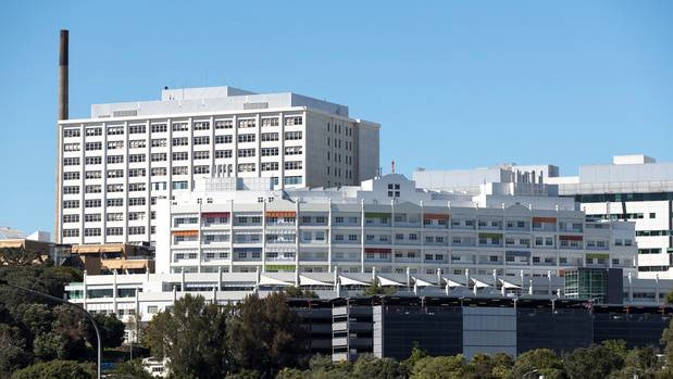
About one-fifth of Auckland and Northland hospital facilities, including Starship Children's Hospital, are beyond their life expectancy or "not fit for purpose".
Health unions have flagged leaks, mould and asbestos among a range of possible problems.
A new report shows budget constraints have resulted in four DHBs in the Northern Region having to prioritise funding over maintenance.
As a result several buildings including Whangarei Hospital, North Shore Hospital's medical tower block, Starship buildings and Galbraith facilities at Middlemore were now at or beyond their life expectancy.
At the same time the report says more than half a million patients are expected to move into the region in the next 20 years putting increasing demand on "already stretched" health services.
The four DHBs – Northland, Waitemata, Auckland and Counties Manukau – made the case for a new hospital in their Northern Region Long Term Investment Plan report that was made available late last week, but presented to Health Minister David Clark in March.
It follows revelations earlier this year that buildings at Middlemore Hospital were leaking and dangerous mould and bacteria were growing in them.
While the new report doesn't detail specific problems in the buildings, health unions told the Herald "not fit for purpose" could mean anything from the problems identified at Middlemore through to the size and upkeep of the rooms being insufficient for use.
New Zealand Resident Doctors' Association national secretary Dr Deborah Powell said she visited a lab at the Whangarei Hospital last week which she described as being like something from "medieval" times.
Powell said the lab had been on the books for a "desperately needed" upgrade for more than a decade but nothing was being done.
/arc-anglerfish-syd-prod-nzme.s3.amazonaws.com/public/HLZTH6LPLNDLPI74YB3Q2O6LFE.jpg)
Northland DHB's facilities were in the worst condition of all four DHBs. Nearly a quarter were in "very poor" or "poor" condition, while 48 per cent were "average," 12 per cent were "good" and just 17 per cent were "very good."
The second worst area was Counties Manukau where nine per cent of facilities were in "very poor" condition and 12.3 per cent were in "poor condition".
Last Friday, the Government announced a $224 million funding boost to improve surgery units and add new facilities at North Shore and Whangarei hospitals.
Clark said this funding announcement would add new capacity in Auckland - but as the Northern Region LTIP confirms, more would be needed.
"We are committed to doing just that and further capacity announcements will follow in future.
"While future capital announcements may not always align exactly with the Northern Region LTIP, it will play a useful role as we plan to meet future health needs."
Ian Powell, executive director of the Association of Salaried Medical Specialists, said he suspected problems of leaking buildings and mould, revealed at Middlemore, would be common in many other hospitals around New Zealand.
"These findings do not surprise me, under the previous Government for eight of the nine years there has been significant underfunding and this is the result of it."
Clark said since becoming a Health Minister it had been clear that more needed to be invested in our health services, and the Government needed to be getting real about the impact of a growing and ageing population.
"Capital investment was sorely neglected by the previous Government and so in our first Budget we put an extra $750 million of new funding into health infrastructure.
"The Northern Region LTIP is a very valuable piece of work. It provides a good picture of long term demand and demographic pressures. I congratulate the four DHBs for the work that has gone into it."
The NRLIP report also showed that 57 per cent of the country's population growth in the next 20 years will be in the northern region - with more than 562,000 more people estimated to be living in the area.
And 19 per cent of that were people over the age of 65 which made up more than 79 per cent of hospital bed demands.
In addition to issues with the functional condition of our buildings, each DHB has identified critical site infrastructure challenges that require remediation to ensure service continuity.
These challenges include disruptions to hospital water mains supply, ageing and vulnerable power supply infrastructure, issues relating to asbestos and building water tightness across all sites, Seismic, Health and Safety and Public Health compliance challenges.
No one was available to comment yesterday from the DHBs.
Take your Radio, Podcasts and Music with you









